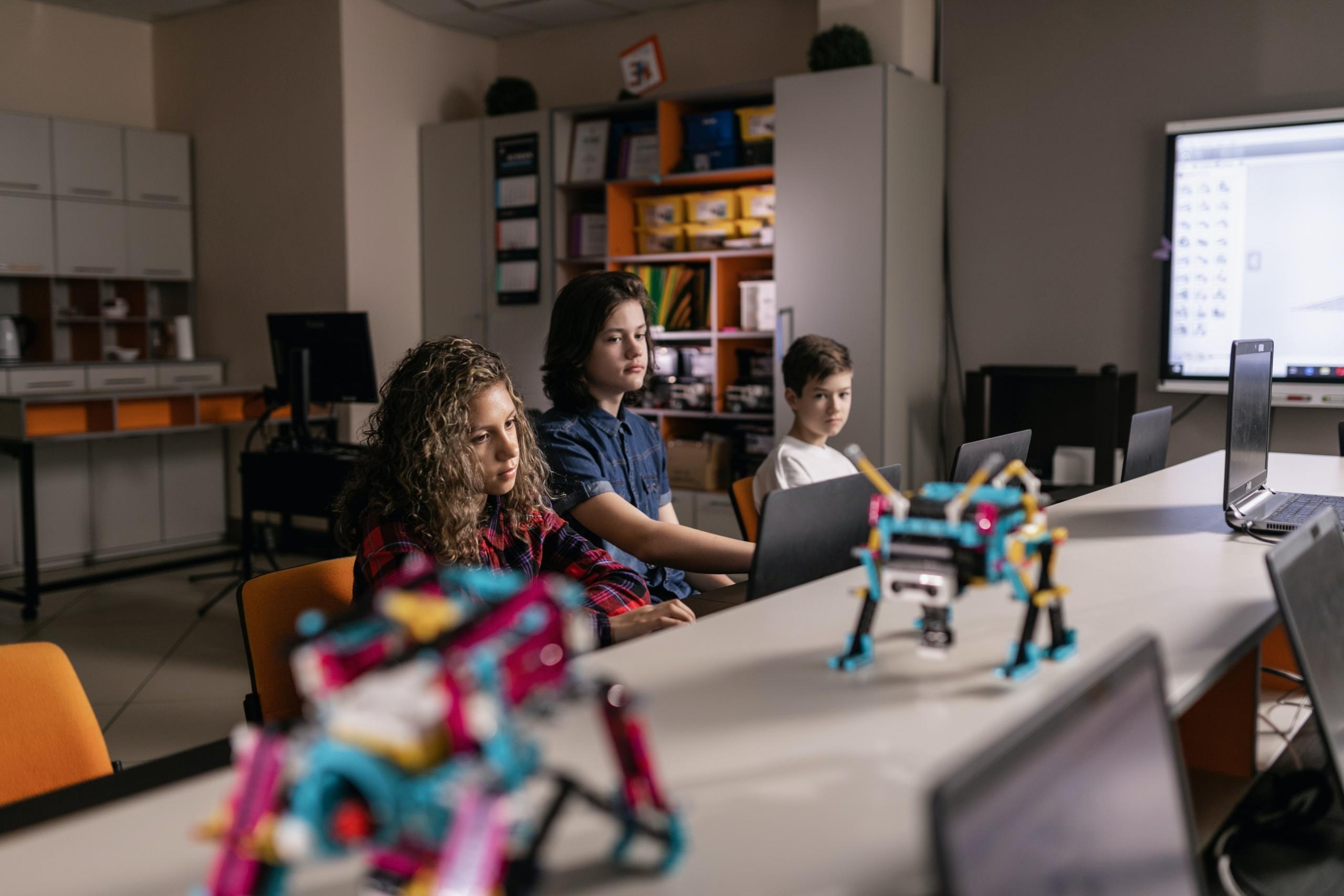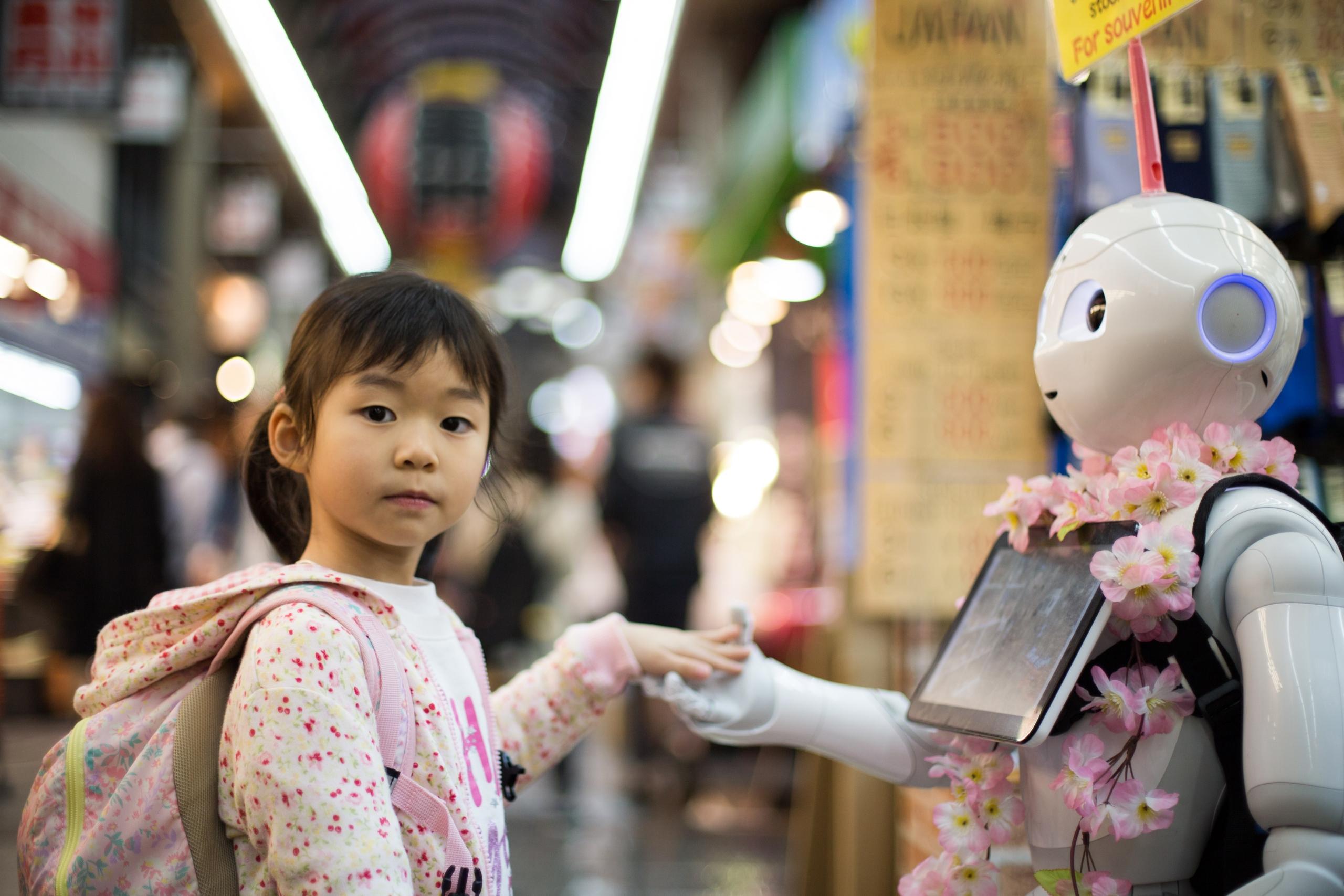Like most Pythonistas will tell you, Python is fun and easy to use. But if it has been around for over 30 years, the question is why has it only enjoyed extreme popularity and visibility during the past 10?
Python’s creator Guido van Rossum has revealed that the programming language was born out of a frustration for working with the overly complicated programming languages like ABC, BASIC and Pascal which were in existence in 1989.
Bear in mind that at that point, computers were far from mainstream and access to the internet was still four years away. Artificial intelligence was still firmly in the realm of science fiction.
Today, thanks to mind-blowing advancements in various technology fronts, self-driving cars and sentient robots are about to take the world by storm. Making them a reality has required that machines learn from their experiences and then make decisions based on their experiences.
In a nutshell, this is deep learning with Python which is the perfect language for it.
You may even argue that after decades of waiting in the wings, Python AI has come of age which explains it’s sudden popularity.
Want to give private lessons?
Join the Superprof community and share your knowledge with inquiring and motivated students.
What Is Deep Learning with Python?
To define deep learning requires taking a look back at learned experiences.
It’s possible that someone, perhaps a teacher, delivered information to you that you then processed and stored.
Hang on, does that sound like programming a computer?
Indeed, the main difference is that you were not informed in a vacuum, rather, everything you learnt came together when you were able to make those important connections.
We can illustrate this further by going back to consider how you learnt before your formal education began.
Simply put, humans absorb information from their complex environments and then learn to make decisions based on these experiences. For instance, if you fall down and hit your head it will cause pain which means that you will avoid doing that again. As children, we learn that biting or hitting others results in anger and punishment and so we learn what is acceptable and not.

Fortunately, we also learn through positive experiences. Think about the delight of a parent displayed to a child who takes their first steps or manages to feed themselves for the first time.
In the end, positive reinforcement and approval are equally powerful teaching tools as their negative counterparts. Some would say even more powerful as children tend to repeat well-rewarded behaviour.
Unlike toddlers who have various input streams and are not taught to make decisions, machines have only the programmer for input and they are taught how to make decisions.
Machines are also not incentivised to either perform or learn. They are not rewarded for doing well and not punished for doing poorly. They simply process the data using the instructions they are given. They do not include intuition to spur learning and they will only function as they have been programmed.
So, even though Python has been inspired by one of the greatest comedy shows of all time, Python for robotics will never be able to appreciate the absurdity of Monty Python.
Still, there's plenty of reinforcement learning in Python. Let’s find out how it is done.
How Python Machine Learning is Achieved
Building in Python machine learning into a project begins with programming that will result in decisions based on desired outcomes. Python AI also takes into account that the machine will scan its programmed inputs to find structure and applications that are used in statistics to estimate the density of continuous random variables.
This is called reinforcement learning in Python as well as supervised learning and unsupervised learning.
Whether you know it or not, you are probably most familiar with reinforcement learning Python. This type of learning means that the machine interacts with the dynamic environment in order to perform its actions.
As an example, consider self-parking cars versus self-driving cars. Both will involve a dynamic environment where the machine makes decisions and performs actions. For the self-parking cars, the environment in which they operate is fairly limited: not only is the vehicle's speed lower, but the space in which it moves is smaller and the risks are easier to analyse.
Imagine that compared to the amount of data that self-driving cars need to process. Everything from pedestrians and other moving vehicles to the lanes they move in and traffic lights, it's easy to see how self-driving cars could discard data as not relevant to their decision-making processes.

Find a Python tutor here on Superprof.
It's great having the technology to build a prototype of a self-driving car, however, imagine the level of learning that those vehicles have to do. This is an example of reinforcement learning.
As already mentioned punishment and reward have a way of reinforcing behaviour ... notice where we are going with this?
Reinforcement learning in Python is one of the most important parts of programming logic. In a way, the machine can expect a reward for a positively-interpreted action.
The topic of rewards is an extensive one, but suffice to say that rewards are cumulative which is where Python AI comes in. The more desired responses there are, the greater the machine’s ability to reward task completion.
So if you’re looking for teaching tools for computer games — such as Deep Blue, IBM’s chess computer or Alpha Grow — or for self-driving cars, Python AI works perfectly.
Find a python course near you.
Python Machine Learning: Try the Python Machine Learning Library
As mentioned, after decades of relative obscurity Python’s time has come which has caused an increase in programmers desiring to create deep learning with Python.
Another huge attraction of the programme is the Python machine learning library which offers extensive software packages with functionality for a variety of programming niches including:
- computer networking
- graphical user interfaces (GUIs)
- data analytics
- multimedia
- web scraping
- database management
- scientific computing.
And, of course, there is Python machine learning too. This is just a shortlist of Python’s uses. In 2021, the Python Package Index (PyPl) listed over 290,000 packages to address a variety of functions.
Are you wondering how Python and data science can work together?
To understand that, it’s helpful to remember that Python is modular. Containing hundreds of thousands of pre-scripted modules that are designed to work as extensions to its core language and also in parallel to more multifarious programming languages.
Python's libraries – Pytorch, Scikit-learn, TensorFlow, all offer programmers a choice of tools to develop artificial intelligence and machine learning ventures.
Besides this impressive Python machine learning library, you ought to see web development the Python way.

Check out a python online course on Superprof.
Why Python Machine Learning is the Best
Today, with so many programming languages to choose from, what makes Python so unique and adaptable?
- It's simple and it is easy to use.
- Python AI is impressive
- Reinforcement learning in Python is excellent
- The Python machine learning library is exhaustive
- Deep learning with Python is possible
While most languages are loaded with syntax, Python is functional and clean.
For instance, if you want to write a programme that could perform a series of tasks or deliver a certain outcome in a unique programming language, you would have to go about typing out the entire code. Alternatively, you would have to borrow from a code library and then adapt it to fit your needs.
This is not the case with Python. As mentioned earlier, the Python machine learning library is extensive. Each module is written for specific tasks or indeed a series of tasks.
Simply search the library for the plugin that you require.
Some programming languages are appropriate for a single archetype – whether that logic, action, data flow or event-driven.
Python supports most paradigms and it can be used in applications that require logic. It also operates equally as well when driving an API (application programming interface). In addition, Python is object-oriented. This means that the various 'objects' – whether those are variables, data fields, or code interact with each other and are even able to modify the basic programme.
If a machine is learning, wouldn't it be best for it to operate flexibly rather than follow a rigid, pre-determined set of instructions?
For all its flexibility, Python is simple. That’s an advantage for novice programmers who are yet to memorise W3C’s entire lexicon, but it’s also great for new developers. The succinct syntax and easy readability also mean that you don't have to tutor any new collaborators on project scope and thanks to the modular structure, you can simply plug in what you require your machine to do and it will be off, doing it!
Finally, there's also a Python community of note.
We are not simply talking about all the Pythonistas (programmers who have embraced the language). Besides them, there is much other support too.
Python is open-source, which means that programmers and software engineers are adding endless documentation on failed attempts, high-quality tips and how-to’s and analyse to the library all the time. Find more python courses here.
As you can tell when it comes to applications for Python use there is no shortage. Are you making use of it?
Want to give private lessons?
Join the Superprof community and share your knowledge with inquiring and motivated students.





